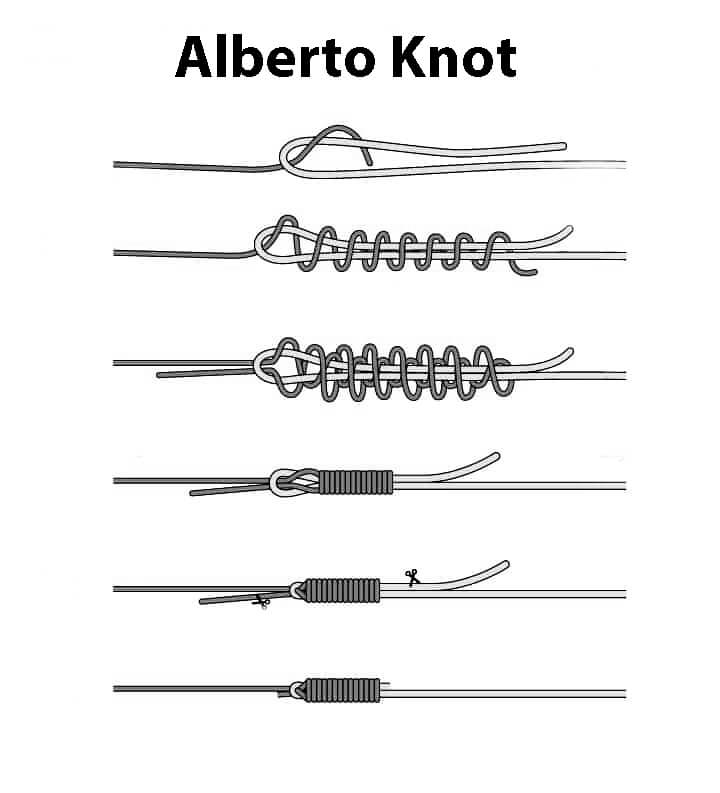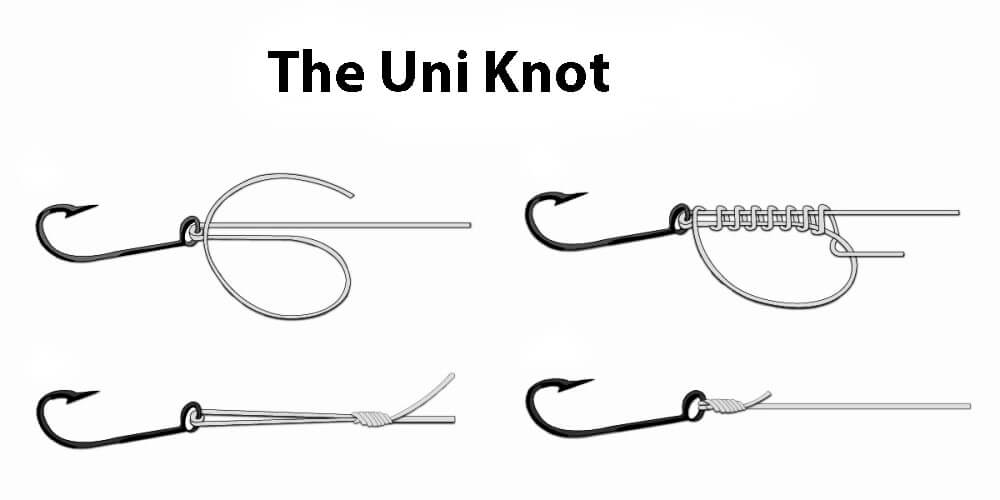
Hey there, fellow anglers! If you’ve ever found yourself staring at a spool of braided line, wondering which knot will give you the ultimate edge, you’re not alone. Braided line is a game-changer, offering incredible strength and sensitivity, but it also demands a knot that can handle its unique characteristics. Today, we’re diving into the world of braid knots, specifically the Alberto, Uni, and Palomar. By the end of this article, you’ll be armed with the knowledge to tie the perfect knot for any braided line situation, boosting your confidence and landing more fish.
Let’s be real, folks: braided line is awesome, but it can be slippery and prone to slippage if not tied properly. A poorly tied knot can lead to lost fish, broken lines, and a whole lot of frustration. That’s why choosing the right knot for your braid is absolutely crucial.
I remember a time when I was fishing for monster redfish in the Louisiana marshes. I had hooked into a beast of a fish, and the fight was epic. But just as I was about to land it, my line went slack. The knot had failed, and my trophy redfish swam away, leaving me with nothing but a broken line and a broken heart. That day, I learned the hard way that a good knot is the foundation of a successful fishing trip.
Now, let’s meet the three contenders in our braid knot smackdown: the Alberto, the Uni, and the Palomar. Each of these knots has its own strengths and weaknesses, and the “best” knot for you will depend on your specific fishing situation and personal preferences.

The Alberto knot is like the MMA fighter of braid knots. It’s incredibly strong, boasting a high breaking strength that can withstand the pull of even the most stubborn fish. But its strength isn’t its only asset. The Alberto knot also has a low profile, meaning it’s less visible to fish and less likely to snag on weeds or debris.
Personally, I love the Alberto knot for fishing with light tackle and targeting spooky fish. I’ve used it countless times with great success, landing everything from trout to tarpon. It’s a knot that gives me confidence, knowing that my line is securely connected to my leader.

The Uni knot is like the Swiss Army knife of braid knots. It’s a versatile knot that can be used in a variety of situations, from tying braid to a hook or swivel to joining two different lines together. It’s also incredibly easy to learn and tie, making it a great choice for beginners or anglers who need to tie a knot quickly.
I’ve taught the Uni knot to countless fishing buddies over the years, and it’s always a hit. It’s a knot that everyone can master, and it’s reliable enough to use in most fishing situations.

The Palomar knot is like the Usain Bolt of braid knots. It’s the fastest knot to tie, and it’s surprisingly strong for its size. It’s a great choice for anglers who are short on time or who need to tie a knot in challenging conditions.
I’ve used the Palomar knot when I’m fishing in a tournament and every second counts. It’s a knot that I can tie quickly and confidently, allowing me to get back to fishing and focus on catching fish
Now, let’s put these three knots to the test and see how they stack up against each other.
Breaking Strength:
Knot Profile:
Ease of Tying:
Versatility:
Line Damage:
Knot Security:
So, which knot is the best? The answer, as with most things in fishing, is: it depends. The best knot for you will depend on your specific fishing situation and personal preferences.
If you’re looking for the strongest possible connection, the Alberto knot is the clear winner. However, if you need a knot that’s easy to tie and versatile, the Uni knot is a great choice. And if you’re short on time or fishing in challenging conditions, the Palomar knot is a quick and reliable option.
No matter which knot you choose, there are a few tips you can follow to ensure a strong and secure connection:
Remember, a good knot is the foundation of a successful fishing trip. By choosing the right knot for your braid and tying it correctly, you’ll increase your chances of landing that trophy fish and avoid the heartbreak of a broken line.
So, experiment with different knots, find what works best for you, and most importantly, have fun! Tight lines, everyone!